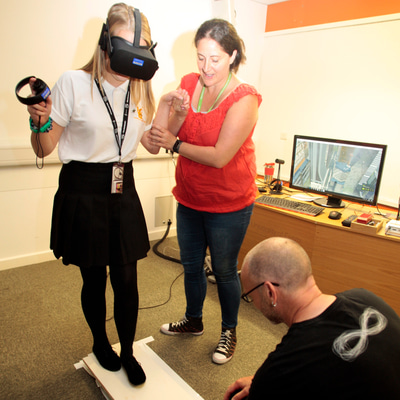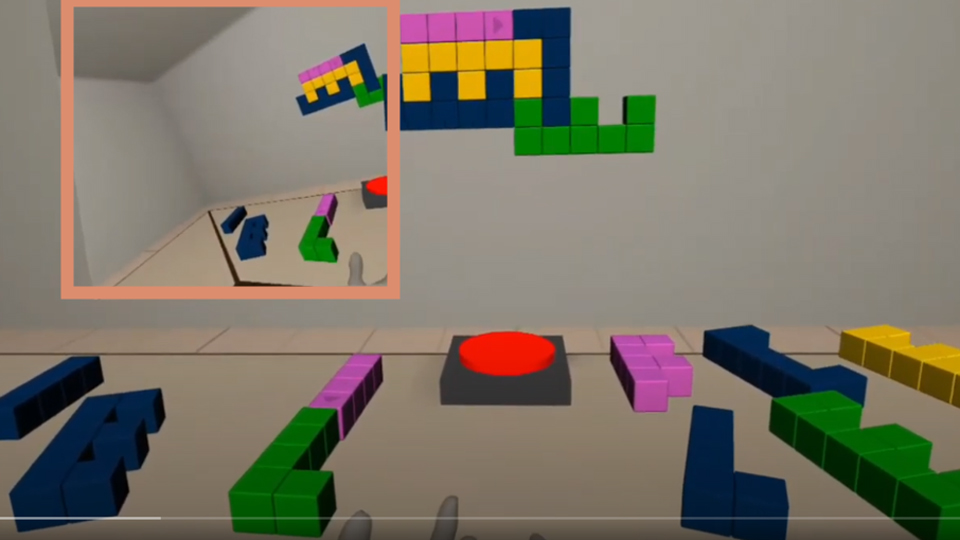- OT
- Science and vision
- Technology
- Using AR to address visual field loss
Using AR to address visual field loss
Dr Jordi Asher shares insight into research to develop software that uses consumer-available smart glasses to increase the field of view of people with visual field loss

11 August 2021
Could you tell OT what it is you are working on?
We have developed a novel solution to increase the field of view for people with visual field loss using consumer-available smart glasses.In this kind of visual impairment the damage is often permanent. Individuals are restricted in their mobility and independence and mood disorders are high. We aim to offer an easily accessible software platform, that uses readily available consumer hardware. Rather than requiring commitment to an expensive bespoke solution, we can reduce the cost to the individual by up to 70% and the individual will be able to select a price-appropriate device for their needs.
How does the technology work?

This technology will enable individuals to be more aware of their immediate surroundings. We will also create a training platform for users to learn how to use this system.
We now have the solution in a simulated environment created in virtual reality (VR) using a shape detection task. This is for testing purposes and we are currently doing data collection from people with visual field loss, primarily hemianopia at this stage.
What stage of development is the project in?
Our technology is in Technology Readiness Level 4, and the simulated VR environment is being trailed by sight impaired individuals. This will provide qualitative information about the experience and quantitative data about its usefulness in measures of reaction time, eye gaze and target detection.We are in the process of building a prototype in AR. We have also begun developing relationships with sight-loss charities in Essex as well as potential collaborators and partners within industry and academia. User-testing within the simulated environment will continue. The preliminary results have shown that the manipulation substantially improves task accuracy.
We are currently working with a maximum of half the visual field, however, we believe that there is a potential to offer a range of support, depending on how much intact visual field exists.
Our team at the University of Essex believe that assistive technology can still help people get out and about safely
What applications do you believe the platform could have?
The rapidly advancing functionality in consumer-available AR smart glasses has opened the market for potential sight aids for individuals who have visual field-loss. The needs of this impairment differ from those of reduced acuity. Current solutions are limited in the benefits they can provide because they distort (by stretching, magnifying or minimising) the image, so are inaccessible for individuals who want to be more mobile. Yet, being able to travel independently was the single most highlighted issue from speaking to people with visual field loss.What inspired your research?
My inspiration stems from a personal experience of visual field loss. I had an occipital lobe stroke in 1996. On my discharge, I was handed a pdf with my diagnosis, advised that my field loss was permanent, that there was nothing anyone could do, and that I should get on with my life. For many years I have wanted to change that narrative. I undertook a PhD to research if training could help restore visual function, much like it is used for language or physiotherapy. Unfortunately, it seems that the medical professionals of yesteryear were correct, and restoration of visual function is very limited. However, our team at the University of Essex believe that assistive technology can still help people get out and about safely.

How has COVID-19 added challenges that you have adapted to?
COVID-19 has added a challenge with regards to data collection. I am currently recruiting people with visual field loss around the country to participate in experiments from home. We have set up a procedure of sending VR headsets directly to individuals, and setting up the experiments with them over Zoom. Once they have completed the data collection, we arrange the collection of the headsets again.We are always interested in hearing from people who may be interested in working with us on this project as a user or a contributor.
What can optometrists do to help?
Optometrists can get in touch with the AReye team. We are interested in supporting people with visual field loss, and collaborating with practitioners to develop our technology and get the word out when we are ready to launch.Advertisement


Comments (0)
You must be logged in to join the discussion. Log in